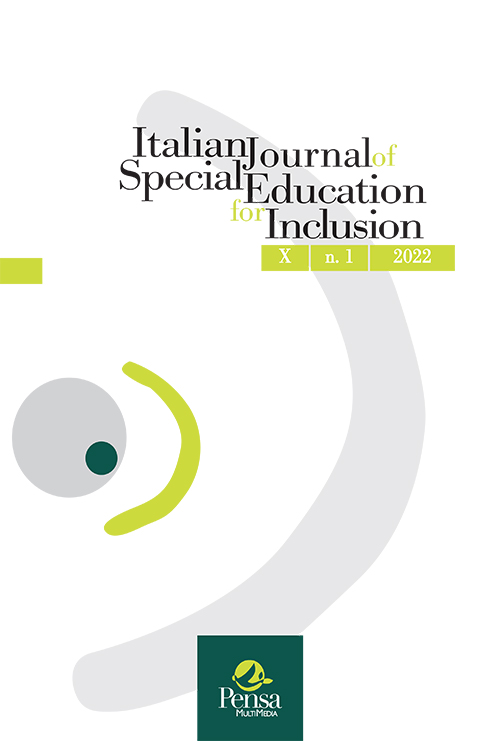From augmented reality to diminished reality.
Pedagogical reflections on the cinematographic representation of hearing impairments
DOI:
https://doi.org/10.7346/sipes-01-2022-08Abstract
As a cultural mediator, cinema has repeatedly explored the world of disability to overcome prejudices and build opportunities for encounter and reflection. In some recent contributions, the double nature of his language - narrative and multisensory - is reorganized in order to represent the hearing disability in a new way, in which the perceptual-sensorial garment becomes a narrative element instead of the word. From an embodied perspective, the visual-behavioral representation of the person with disabilities is replaced by the "embodied" and immersive experience of the disability itself, through a communicative realism based on sound design. The projective instance thus generated within the condition of disability produces a change of spectatorial perspective, in which bodily mediation enhances the ability of the cinelanguage to generate situations similar to those of learning. Just as reality can be increased for educational purposes through augmented reality (AR) technology, symmetrically the perceptual spectrum of the viewer/user can be reduced and decreased to make their experience similar to that – partial – of disability.


